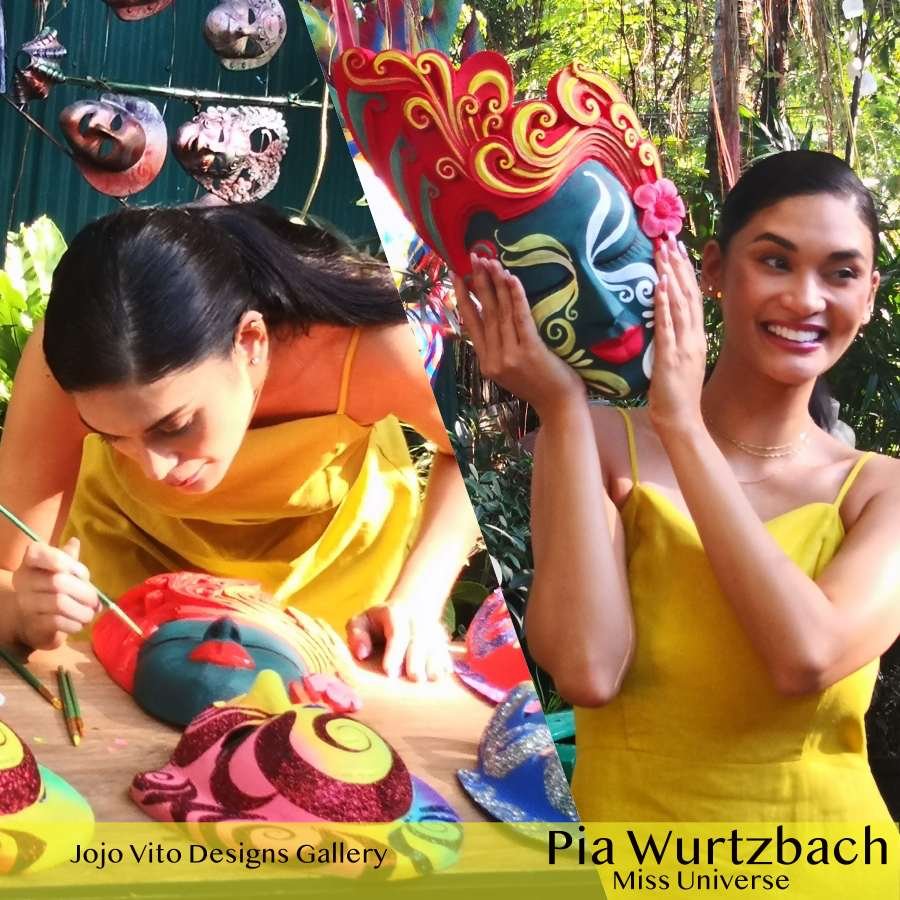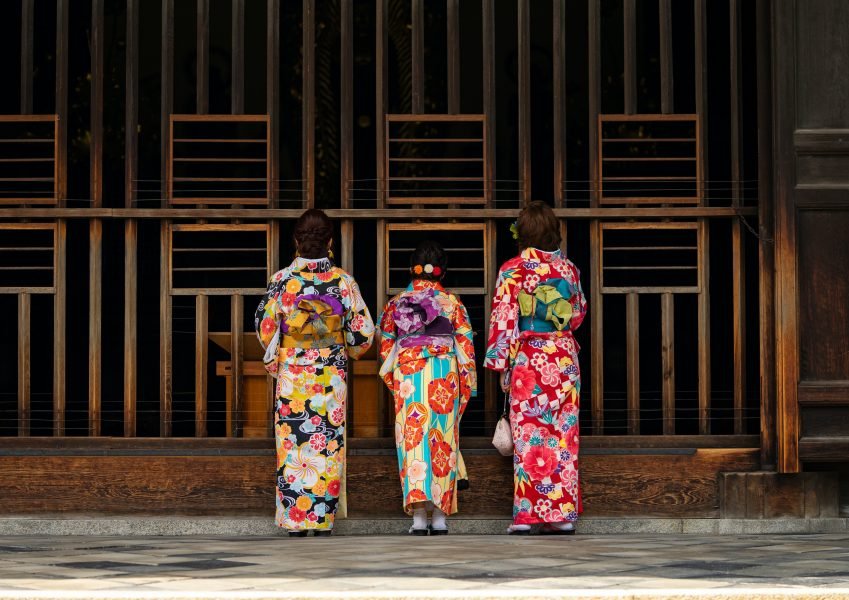
Kimono
Table of Contents
Embracing Elegance: Unveiling the Art of Wearing Kimono
Step into the vibrant world of Japan, where centuries-old traditions blend seamlessly with modern sensibilities. Among the captivating aspects of Japanese culture, the art of wearing a kimono stands out as a timeless symbol of elegance and grace. Join me on a journey as I share a narrative from a Japanese friend and my observations during a visit to Japan, unraveling the beauty and significance of kimono-wearing among Japanese women during important occasions.
The Essence of Kimono
As my Japanese friend explained, a kimono is not just a garment; it encapsulates the spirit of Japanese tradition and artistry. The intricate T-shaped silhouette, with its flowing sleeves and wrap-around design, represents a harmonious balance of simplicity and sophistication. It’s a wearable canvas that reflects the values of refinement, cultural identity, and deep respect for tradition.
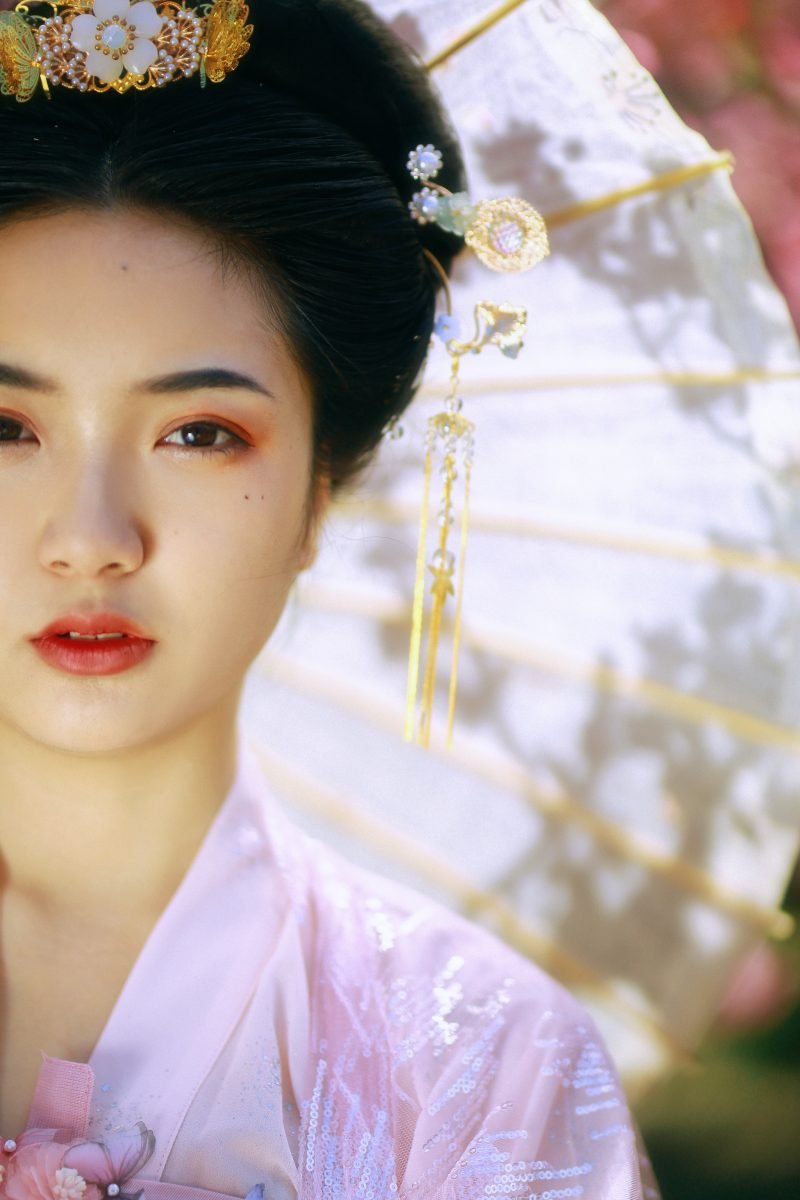
A Tapestry of Occasions
My friend recounted how the art of wearing a kimono is not limited to a single event but encompasses a wide range of occasions, each with its distinct style and significance. From formal ceremonies and cultural festivals to weddings and coming-of-age celebrations, the kimono becomes a conduit for expressing heritage and participating in meaningful cultural rituals.
Preparing for the Grand Reveal
Observing my friend and other Japanese women don their kimonos, I witnessed the meticulous preparation involved. The process often begins with a visit to a professional kimono stylist or a family member skilled in dressing. As my friend explained, selecting a suitable kimono is influenced by the occasion, season, and personal preferences, ensuring a perfect alignment of formality and individual style.
Layering undergarments known as juban creates a smooth foundation for the kimono, enhancing its drape and elegance. The obi, a wide sash, is a central element, skillfully tied in various styles denoting specific meanings or formality levels. My friend described how each step is performed with reverence, respecting the centuries-old traditions passed down through generations.
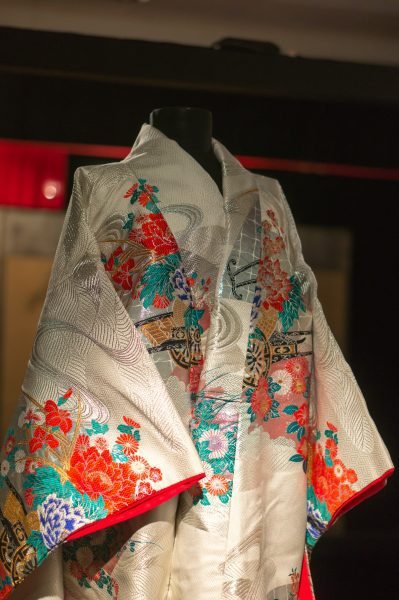
The Language of Patterns and Colors in Kimono
My friend shared the significance of kimono patterns and colors, unveiling a world of symbolism and visual storytelling. Each design element woven into the fabric carries a unique meaning, evoking emotions and conveying messages.
Floral motifs celebrate nature’s beauty, while geometric patterns symbolize harmony and balance. Japanese landscapes, animals, and mythical creatures come alive on the fabric, adding depth and layers of storytelling. Colors, too, play a crucial role—subdued hues for formal occasions exude sophistication, while vibrant and bold shades shine during festive events, infusing joy and energy into the atmosphere.
A Graceful Ensemble in Motion
As I observed Japanese women gracefully move in their kimonos, I couldn’t help but be captivated by their fluidity and poise. Each step and gesture became a mesmerizing choreography of grace and elegance.
My friend explained that wearing a kimono requires a certain level of composure and spatial awareness. The length of the garment and the flowing sleeves demand a conscious and deliberate approach to movement, transforming each step into a graceful dance. It was as if the wearer embodied the very essence of the kimono, becoming a living work of art in motion.

The Legacy of Kimono
My friend emphasized the enduring legacy of the kimono, even in the face of modern influences on fashion. The appreciation and preservation of this art form are evident in the efforts made to promote its beauty and cultural significance.
Kimono museums, workshops, and specialized boutiques serve as gateways to an ancient world, where enthusiasts can immerse themselves in the craftsmanship, history, and stories woven into each kimono. Through these spaces, the legacy of the kimono lives on, nurturing a deeper understanding and fostering a continued appreciation for this treasured garment.
In conclusion, the art of wearing a kimono is a testament to the beauty of tradition and the preservation of cultural heritage. As I listened to my Japanese friend’s narrative and experienced the wonders of Japan firsthand, I came to understand that the kimono is not just a garment; it is a vehicle through which individuals express their identity, celebrate their history, and participate in meaningful rituals.
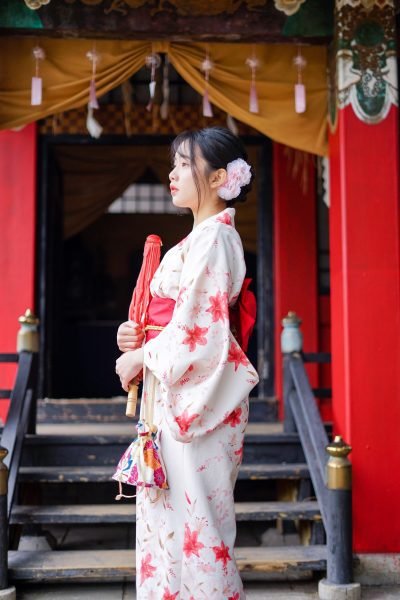
The artful journey of donning a kimono, with its meticulous preparations, the symbolism of patterns and colors, and the graceful movements of the wearer, intertwines tradition and personal expression. It embodies elegance and grace, embodying the values of refinement, cultural identity, and profound respect for tradition.
So, the next time you encounter a woman adorned in a kimono, take a moment to appreciate the rich cultural heritage she carries. Observe the subtle beauty in her movements, the intricate patterns decorating the fabric, and the legacy she represents. For in the art of wearing a kimono, one discovers not just a garment but a captivating narrative woven with threads of tradition, artistry, and timeless elegance.
More Stories
- 10 MEN’S FASHION HACKS | DRESS TO IMPRESS
- KAKANIN | NATIVE DELICACIES IN THE PHILIPPINES
- STREET FOODS IN THE PHILIPPINES
- BEST OF THE BESTS: Top Colorful Festivals in the Philippines
- THINGS TO DO IN BORACAY, PHILIPPINES
- CEBU TOURIST SPOTS | THINGS TO DO
- 24 THINGS TO DO IN CHIANG MAI | TOURIST SPOTS
- 25 THINGS TO DO IN CAMBODIA | TOURIST SPOTS
- THINGS TO DO IN TOKYO | TOURIST SPOTS
- 20 TOP SINGAPORE TOURIST SPOTS | THINGS TO DO
- Sensitivity: Embracing the Strengths and Challenges
- Live Out Loud: Embracing the Power of Authentic Expression
- Backbiting: Unmasking the Venom, Confronting the Poisonous Practice
- Richmonde Hotel Iloilo : Your Perfect Getaway
- Banteay Srei: Unraveling the Timeless Beauty of Cambodia’s Hidden Gem
- Challenges of Teaching: Frustrations and Support for College Educators
- The Upper East House : A Modern Take on Negrense Heritage Comes to Life




